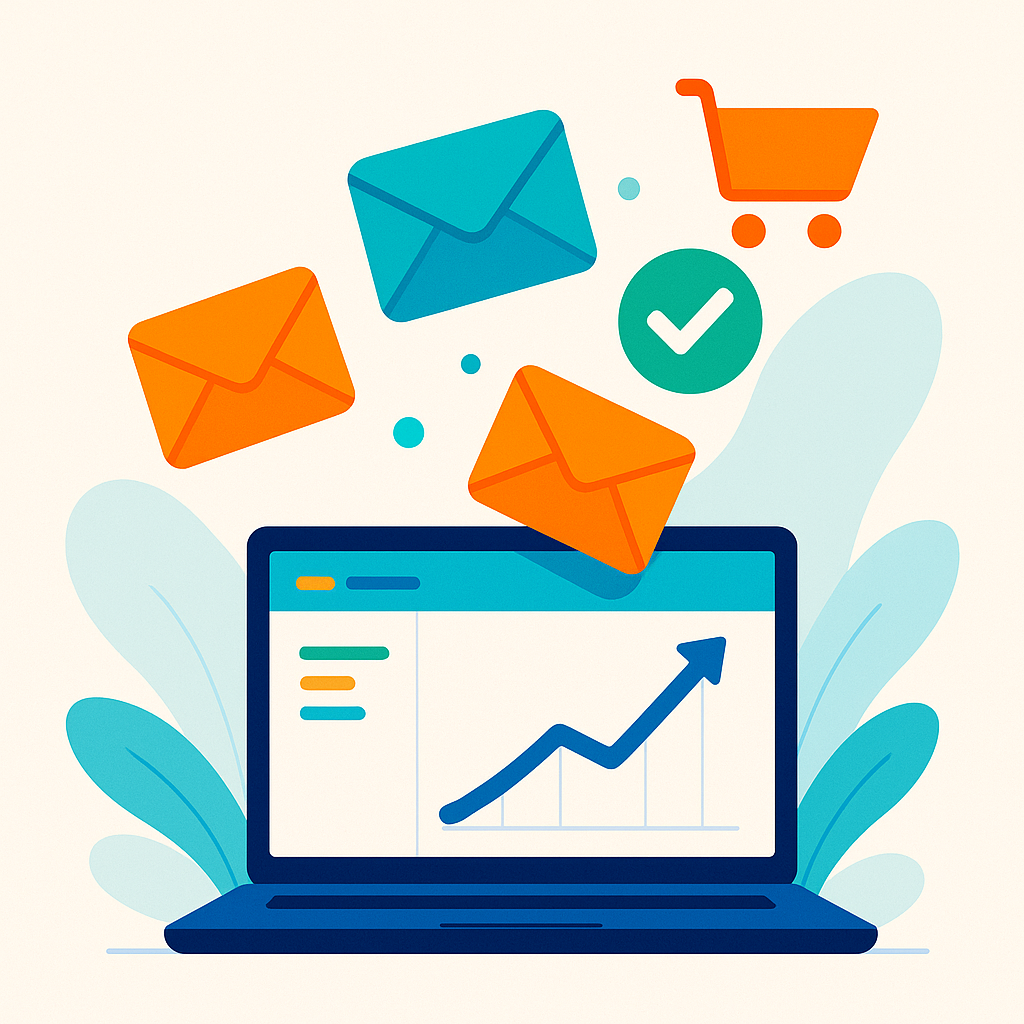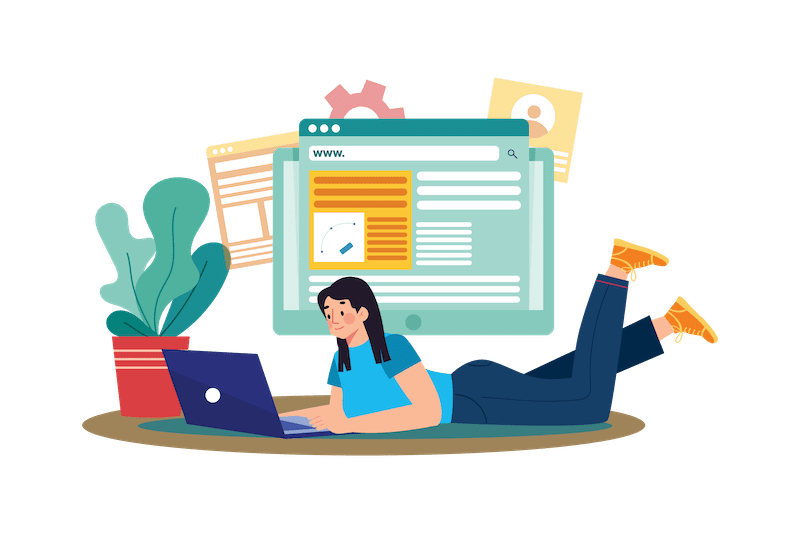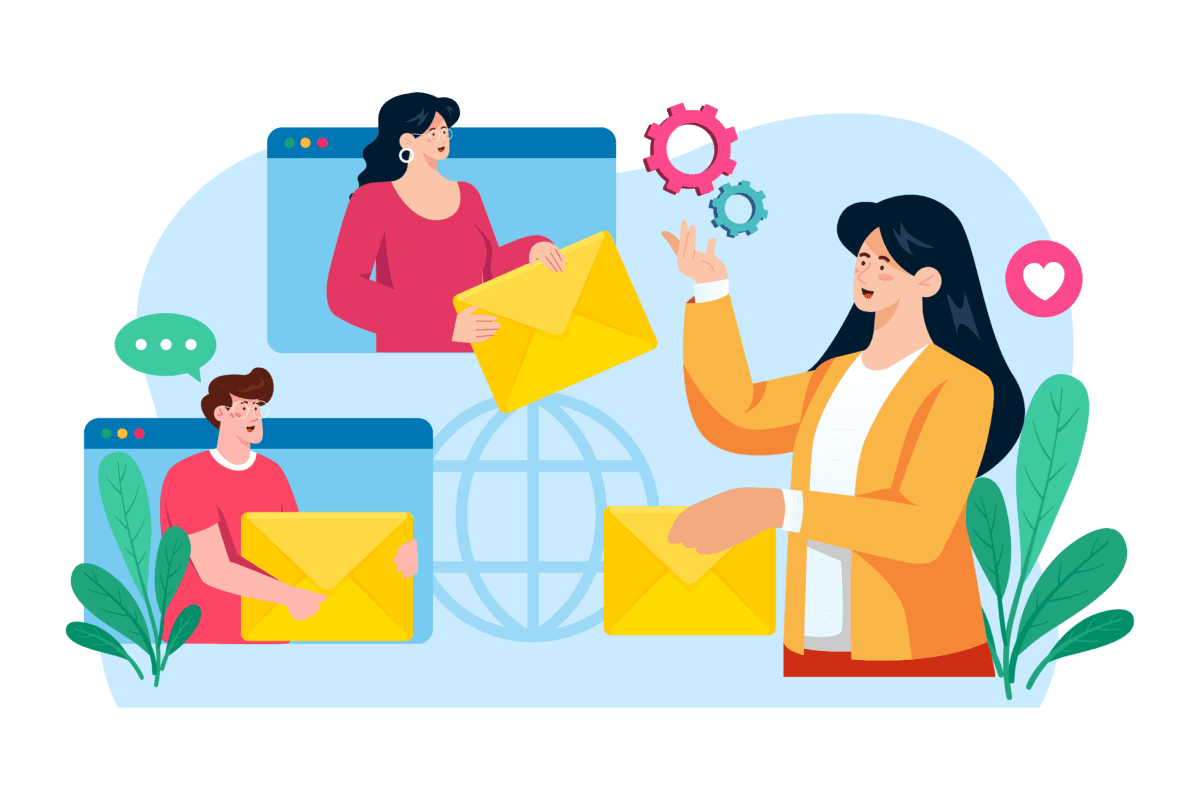Finding new customers has never been so complex. Between emails, calls, LinkedIn, databases and automation tools, it’s easy to get lost. Every week, new software appears, with seductive promises: “multiply your appointments”, “automate all your prospecting”, “save time and customers”. The result? We test, we change, we stack… and we end up with a dozen tools that are poorly synchronized, little used, or too expensive.
But prospecting doesn’t have to be a gas factory. What you need is a coherent selection of simple, well-integrated tools, adapted to the way you work.
In this article, I’d like to take a look at what’s what. Let’s take a look at :
-
mistakes to avoid,
-
the real criteria for choice,
-
and above all, a typical technology stack for your company’s size.
Our aim is to help you build a solid, scalable and truly useful ecosystem of tools.
1. The real problem: too many tools, not enough results
Today, there are hundreds of tools available for prospecting. There’s something for everything: finding contacts, sending emails, making appointments, analyzing clicks, tracking calls… Each solution seems indispensable. And when you’re looking for performance, you tend to want to try everything.
But the more tools you add, the more complicated your daily life becomes. You have to create accounts, learn how to use them, connect them… and hope they work together. Very quickly, you find yourself spending more time managing your tools than talking to your prospects.
The real problem isn’t the lack of options. It’s the excess. Too many tools, too many notifications, too many dashboards. The result: a scattered sales team, reduced visibility, and actions that lack impact.
It’s not a question of multiplying software, but of choosing the right ones. The ones that bring value, that integrate well, and that really serve your objective: to get in touch with the right prospects, at the right time, with the right message.
2. The wrong ideas
Faced with this multitude of tools, many companies are looking for the simplest solution. And that’s only natural. But some approaches, even if they seem logical at the outset, turn out to be counter-productive in the long run.
First mistake: choosing solely on the basis of price.
An inexpensive tool may look attractive. But if it doesn’t integrate with your other software or lacks essential functionality, you’ll end up wasting time… and money. Conversely, a tool that’s a little more expensive, but well adapted to your needs, can quickly become profitable.
Second mistake: multiplying ultra-specialized tools.
Some software does one thing very well: finding emails, sending LinkedIn messages, detecting visitors to a site… But if you have to use five different ones to manage a single campaign, you’ll lose clarity. And so will your teams.
Third mistake: changing tools with every new fad.
There will always be a new “revolutionary” tool. But changing too often prevents you from establishing real prospecting routines. And the more you change, the more you have to train your teams, recreate your models, and reorganize your processes.
To sum up: it’s not by piling up tools or chasing after new ones that you’ll get more results. What’s needed is consistency and simplicity.
3. The real solution: a coherent, scalable ecosystem
Efficient prospecting doesn’t mean automating everything or doing everything by hand. It means setting up a fluid organization, where each tool plays a precise role and integrates naturally into your way of working.
The right approach is to build a coherent technological ecosystem. In other words, a set of tools that communicate with each other, match your business methods, and can evolve with you.
For example, there’s no need to choose an ultra-powerful CRM if you’re just one or two prospectors. It’s better to have a simple tool that’s quick to learn, but capable of enriching itself over time. Similarly, if you’re sending out email campaigns, make sure that your database is well linked, that clicks are tracked, and that leads are automatically forwarded to the right person.
A good tool isn’t one that promises the most features. It’s the one that fits into your daily routine, saves you time, and helps you keep better track of your prospects.
Finally, think long term. Your needs today will not be your needs tomorrow. Choose solutions that can grow with you, without calling everything into question at every stage.
4. Theory: the fundamentals of an effective stack
To structure your prospecting, it’s useful to classify tools according to their role. There are generally four main categories. Each one corresponds to a key stage in the sales process.
a) The 4 tool categories
-
Data tools
These are used to identify your targets: B2B databases, enrichment tools, scraping or API connectors. This is where it all begins. Successful prospecting depends on data quality. -
Engagement tools
These enable you to get in touch with your prospects: emailing, LinkedIn, SMS, phone calls or automated sequences. The challenge: create a link, with the right message, at the right time. -
Follow-up tools
They help you organize your prospecting: CRM, reminder diaries, scoring, action alerts. Without structured follow-up, opportunities go by the wayside. -
Analysis tools
They measure your results: dashboards, conversion rates, lead attribution, campaign ROI. They enable you to improve what works… and abandon what doesn’t.
b) The right criteria for choosing your tools
To make the right choice, three criteria are essential:
-
Integration: a good tool should be able to connect easily to your CRM or mailing tools. The less you have to copy and paste, the more efficient you’ll be.
-
Scalability: can the tool keep up with your growth? Can it be used by several people? Can you upgrade to a higher version without starting from scratch?
-
Support and familiarization: a tool that looks powerful on paper, but that nobody understands, won’t do you any good. Check that the interface is clear, that you can learn quickly, and that support is responsive.
c) Don’t confuse purchase price with real cost
Finally, it’s important to distinguish between the cost of acquisition and the cost of use. A tool may seem affordable… but if it takes several hours a week to use, or if you have to hire someone to run it, it quickly becomes expensive.
Conversely, software that costs a little more, but saves you time and improves your conversions, can become very profitable. So the real indicator to look at is the cost per qualified lead, not just the monthly subscription.
5. Practical: the right stack for every company size
Not all tools are made for all structures. A freelancer has different needs to an SME or a major corporation. That’s why it’s important to adapt your technology stack to your size… and to your means.
a) Self-employed and very small businesses (VSEs)
When you’re one or two people in charge of prospecting, the priority is simple: to be as efficient as possible. There’s no need to multiply software.
A typical stack for VSEs could be limited to 3 or 4 tools:
-
A reliable B2B database (such as Dataprospects),
-
A simple, high-performance emailing tool,
-
A mini CRM to keep track of exchanges,
-
And possibly an appointment scheduling tool (Calendly, for example).
The aim here is to maximize useful time: less tool management, more time to call or follow-up with the right prospects.
b) SMEs
As soon as several people are involved in prospecting, the question of coordination becomes central. The tools need to be well integrated, and everyone needs to have a clear view of progress.
An effective stack for an SME generally includes :
-
A CRM connected to all acquisition channels,
-
Aprofessional emailing tool with automated reminders,
-
A shared appointment scheduling solution,
-
Connectors to circulate information (Zapier, Make…),
-
And if possible, a dashboard to monitor results.
The key word here is fluidity. Your tools should save you time, not waste it.
c) Large companies
In larger structures, the stakes change: high data volumes, multiple teams, complex processes… So we need to think in terms of centralization and governance.
Key accounts often need :
-
A centralized CRM to manage all customer relations (Salesforce, Microsoft Dynamics…),
-
A marketing automation tool linked to databases (Ediware, for example),
-
A lead scoring and attribution system,
-
Advanced reporting tools,
-
And sometimes even data enrichment orcommercial AI solutions.
The aim here is to structure, automate and analyze on a large scale. But beware: the more complex the stack, the greater the need for training and support. Without it, even the best tools can become ineffective.
6. Extension: technological evolution roadmap
Putting the right tools in place is all well and good. But knowing when and how to upgrade them is even better. Because your needs will change over time: more prospects to handle, a growing team, more complex campaigns… Your stack needs to keep pace.
Step 1: Launch with the essentials
Initially, focus on what saves you time right away:
-
A tool for collecting contacts,
-
Basic CRM,
-
A reliable contact channel (emailing, telephone or LinkedIn).
Keep it simple. The aim is to get started quickly and see results within the first few weeks.
Step 2: Connect and automate
As soon as you have a little volume, remember to circulate the information automatically. This avoids forgetting and wasting time:
-
Synchronization between emailing tool and CRM,
-
Automatic scheduled reminders,
-
Notifications when clicked or answered.
Tools such as Zapier, Make or native platform integrations will save you precious time without technical development.
Step 3: Analyze and optimize
Once your machine is up and running, you can start measuring in detail what works:
-
Which channels generate the best leads?
-
Which campaigns generate the most responses?
-
Which salespeople convert best?
This data will enable you to readjust your strategy and invest where the return is greatest.
Step 4: Large-scale customization
When you have reached a good level of maturity, you can integrate more advanced tools :
-
Behavioral scoring,
-
Personalized content based on prospect profile,
-
Multichannel sequences,
-
AI for qualification or prediction.
But beware: these steps are only useful if the fundamentals are solid. There’s no point customizing if your data is poorly qualified, or analyzing if your teams don’t use the tools on a daily basis.
In short, the best prospecting stack is one that evolves with you, seamlessly, without excessive complexity, and always at the service of your business objectives.
To conclude
Prospecting doesn’t have to be complicated. It just needs to be structured.
In a market saturated with tools, those who succeed are not those who have “the best software of the moment”. It’s those who have built a coherent, easy-to-use environment, perfectly aligned with their way of working.
Instead of looking for the miracle tool, ask yourself the right questions:
-
Is my data reliable?
-
Do my messages arrive safely?
-
Can I keep track of my actions… and my results?
If the answer is no, start there. Then evolve your stack, step by step. Incorporate what saves you time. Remove the clutter. And never forget that tools are no substitute for a clear strategy. They only make it more effective.
It’s not about having lots of tools. It’s about using the ones that are really useful to you.
And Ediware comes out on top in this respect: a platform that’s simple to use, yet comprehensive enough to adapt to all company profiles – whether you’re self-employed, an SME or a large corporation.
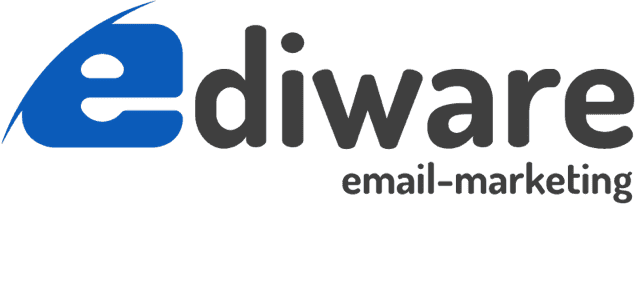
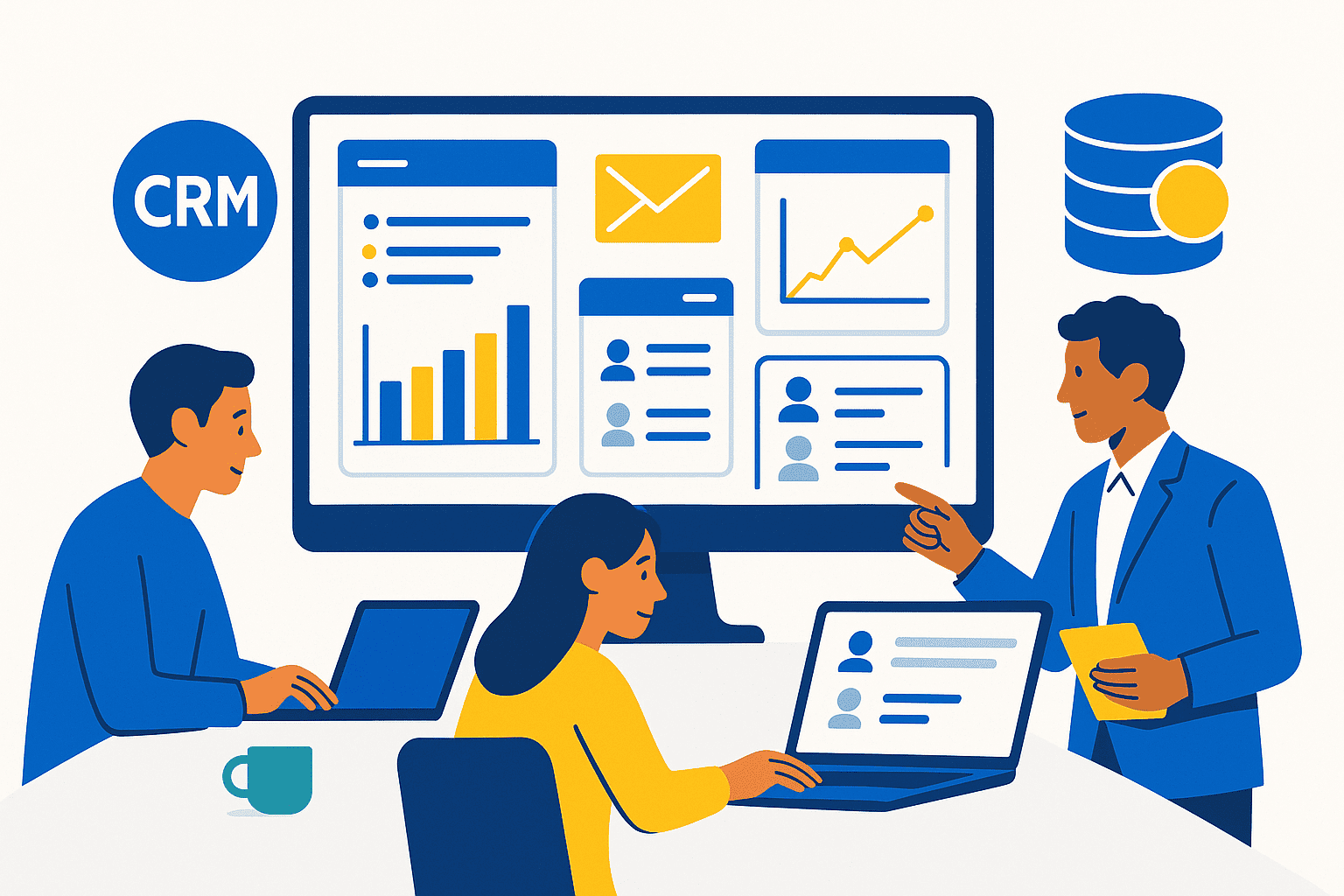
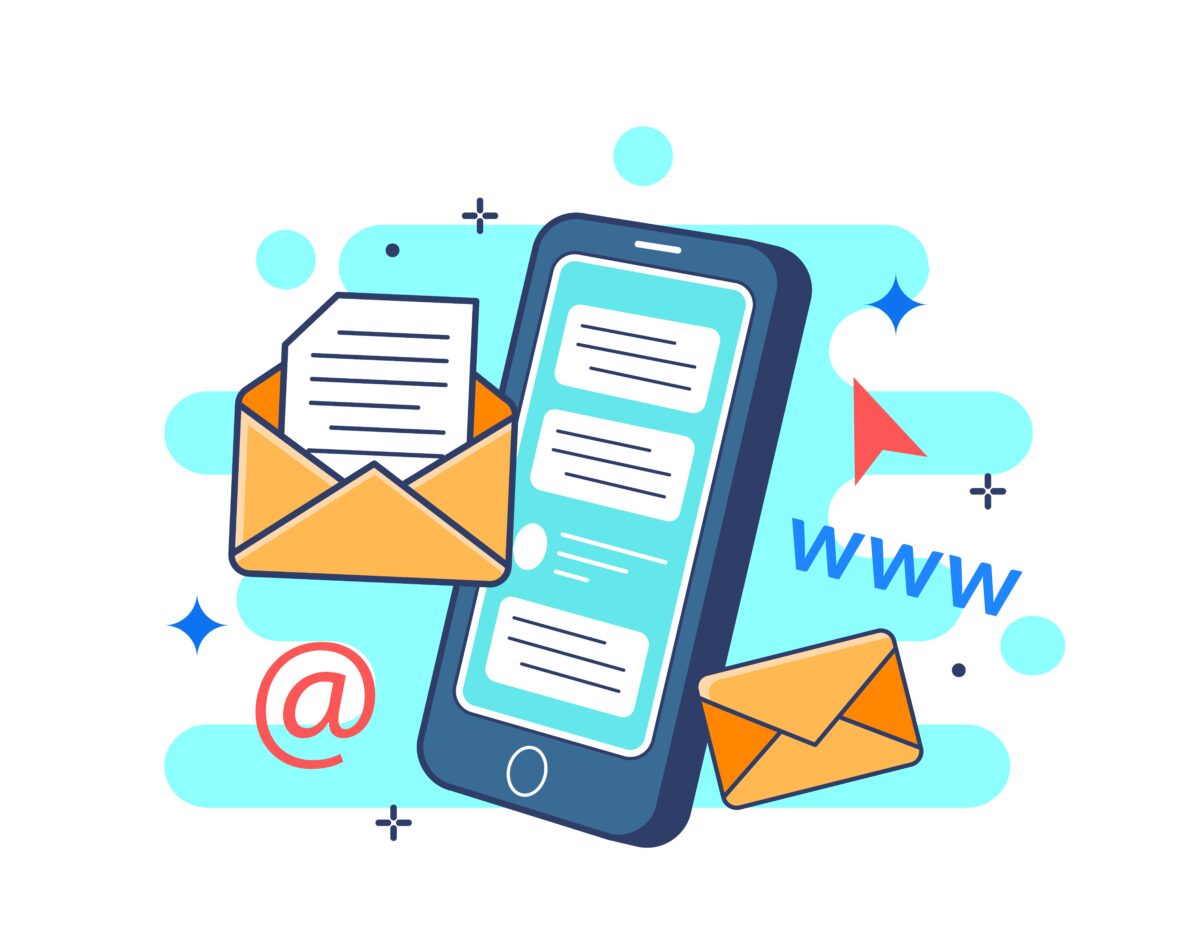
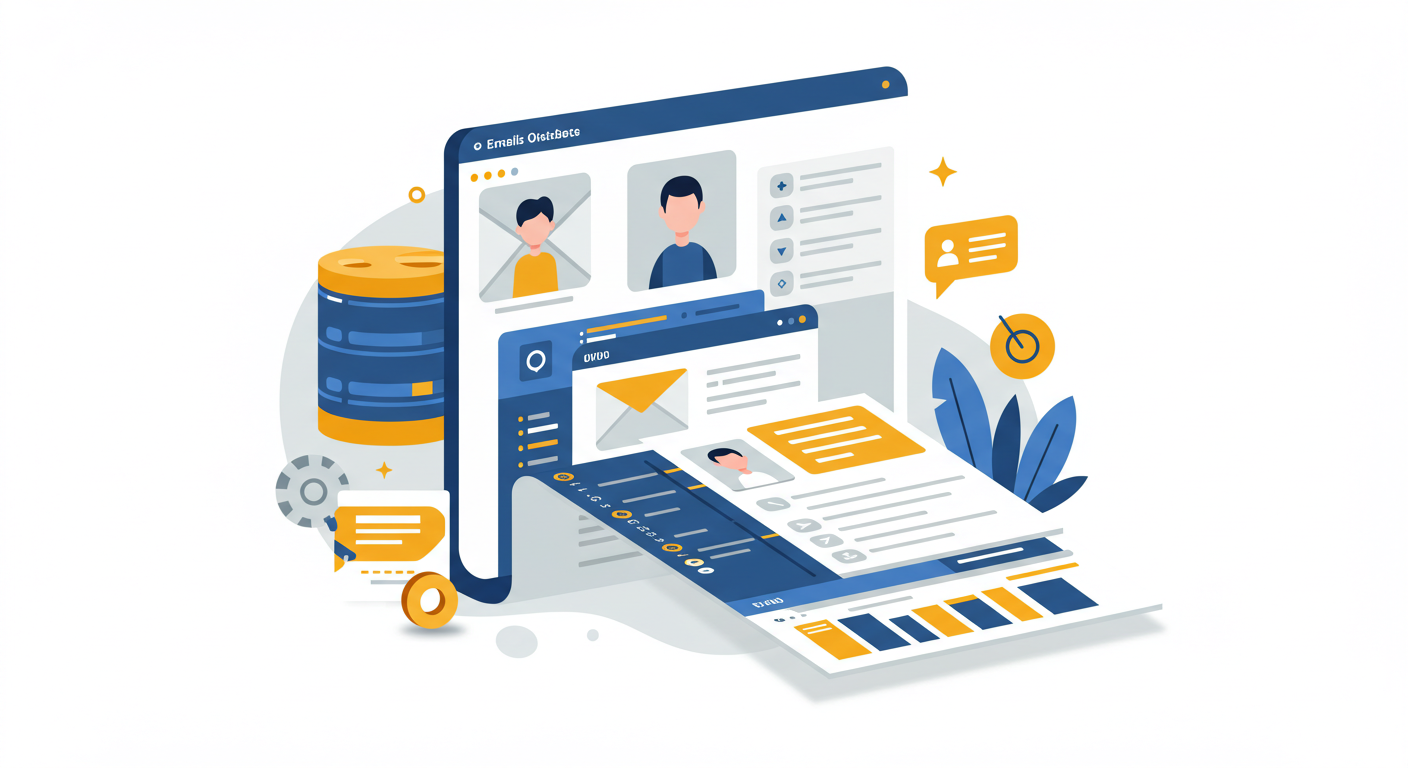
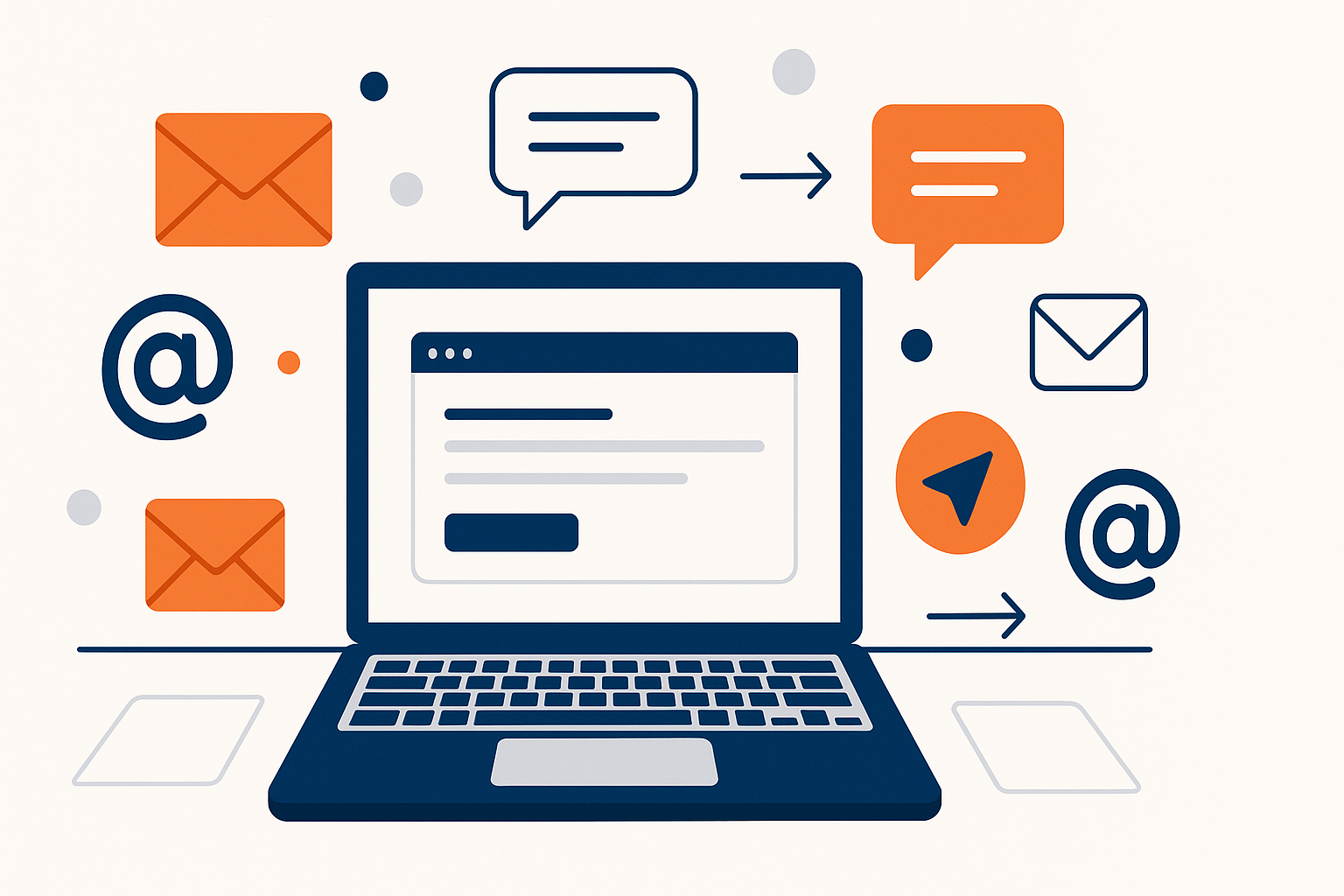
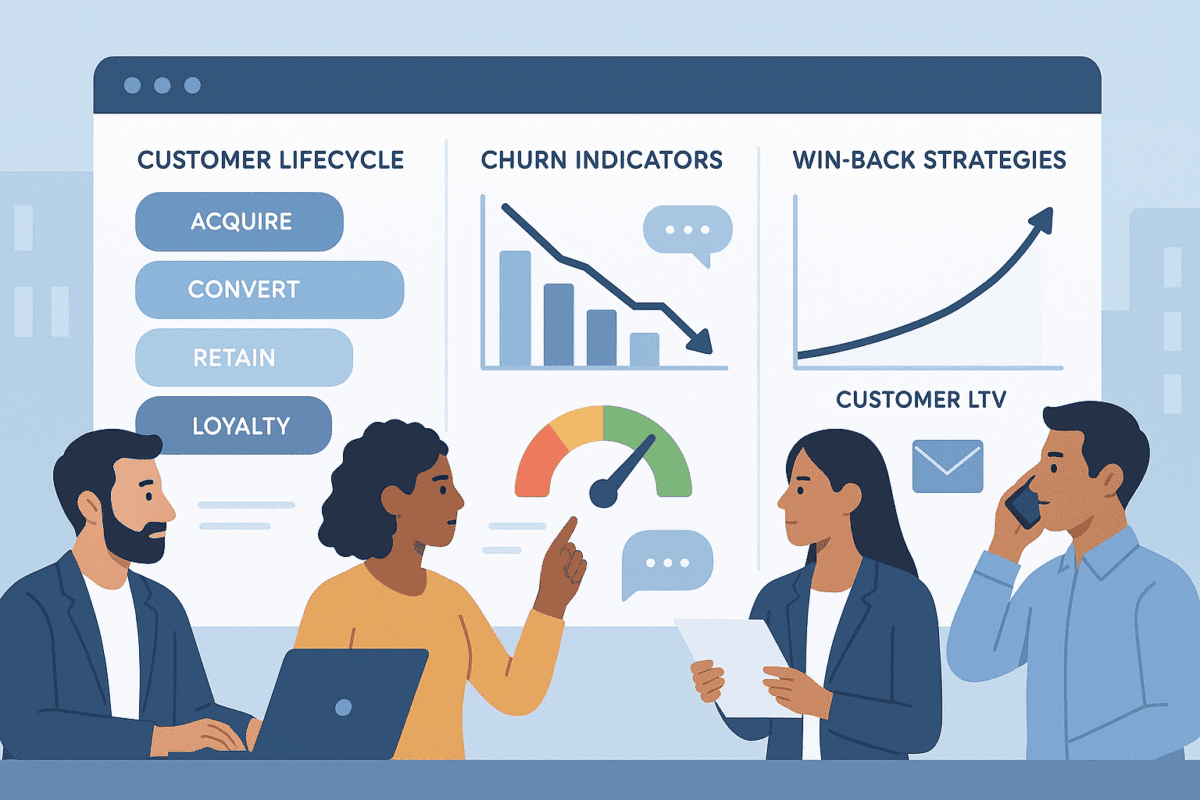
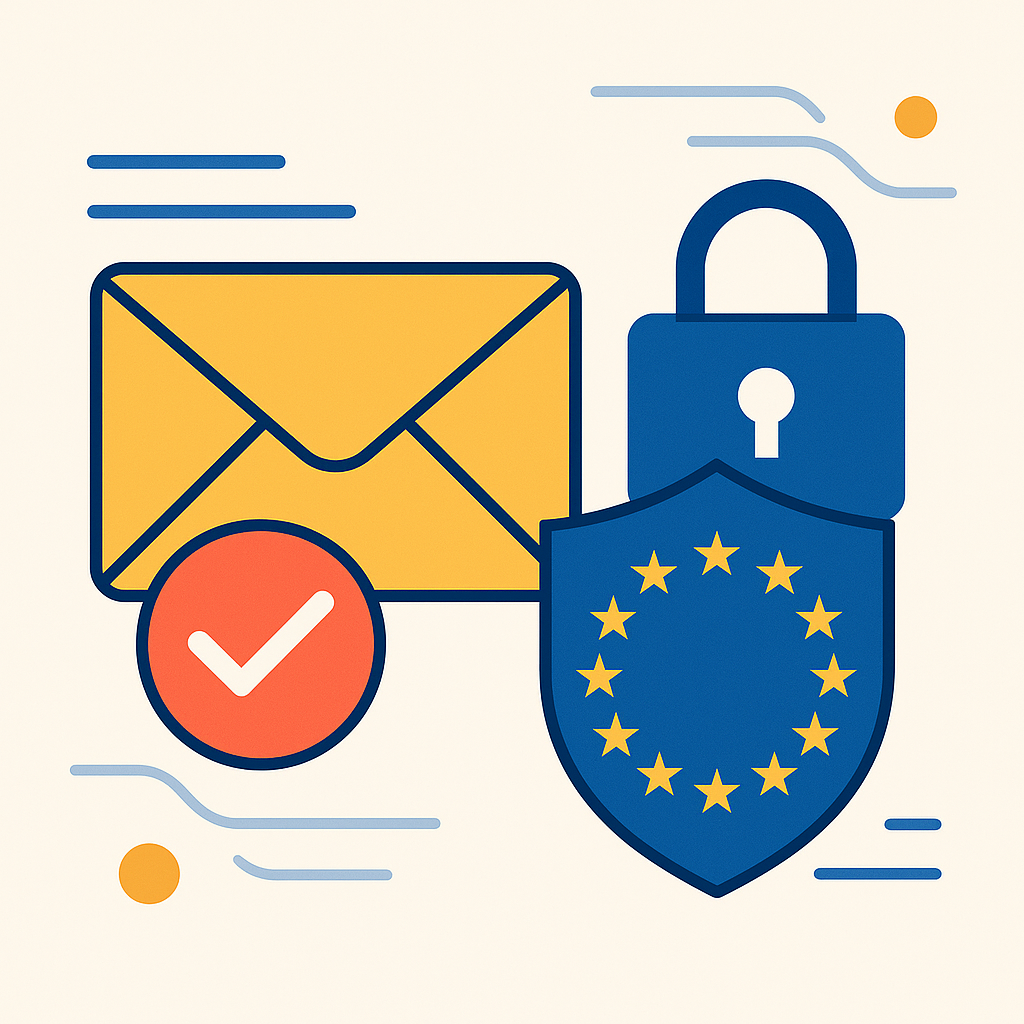
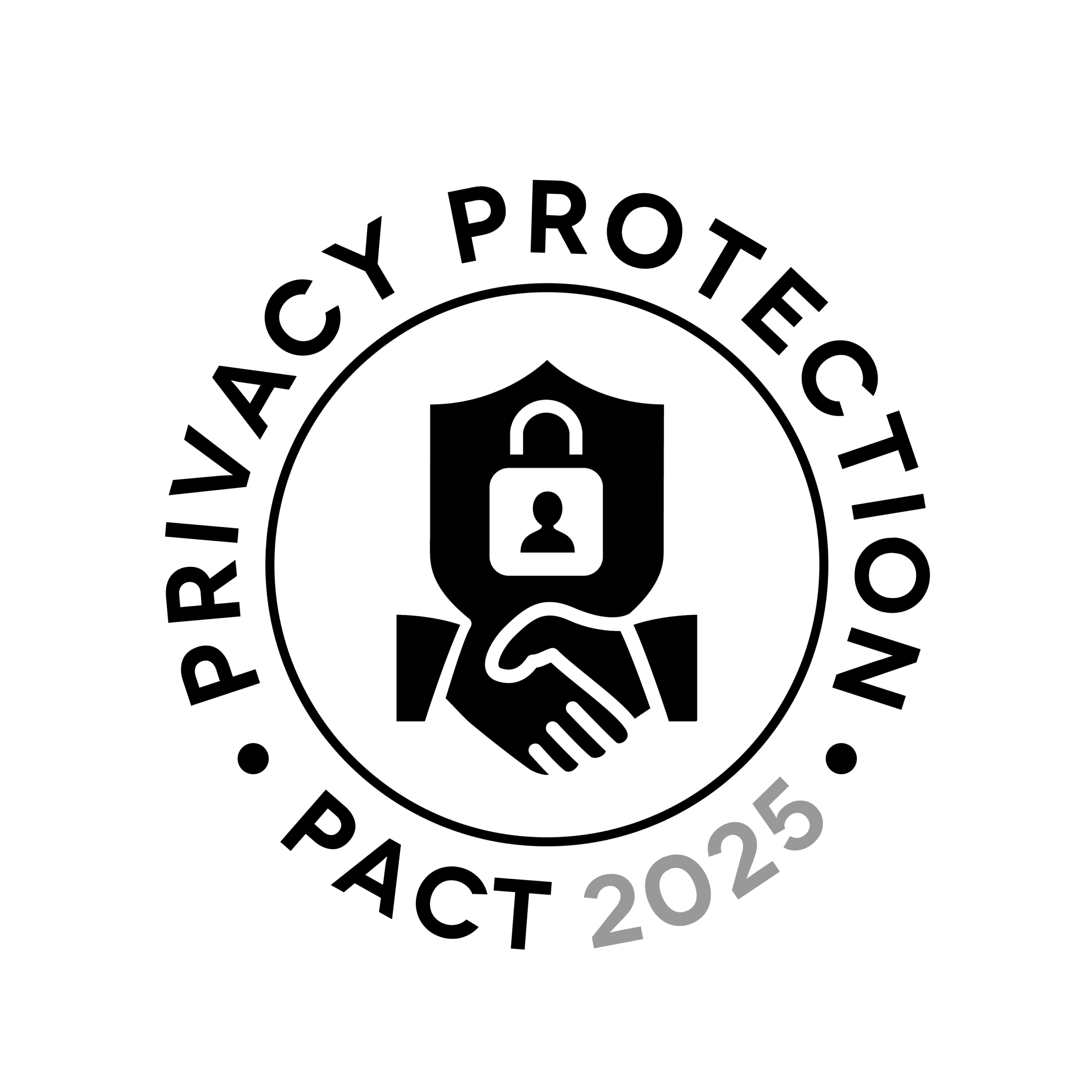 For several years, Ediware has taken rigorous measures to ensure the protection of its customers’ and partners’ personal data. Thanks to the Privacy Protection Pact, the company guarantees ongoing compliance with the requirements of the RGPD and ePrivacy directives, ensuring security, transparency and respect for consent in all its operations, including email campaigns.
For several years, Ediware has taken rigorous measures to ensure the protection of its customers’ and partners’ personal data. Thanks to the Privacy Protection Pact, the company guarantees ongoing compliance with the requirements of the RGPD and ePrivacy directives, ensuring security, transparency and respect for consent in all its operations, including email campaigns. 